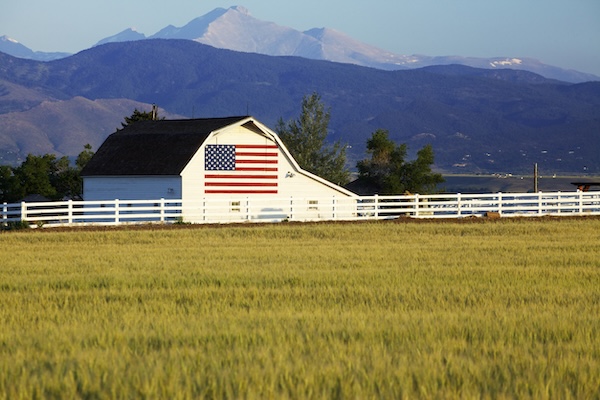.png)
When America’s Farm Muscle Becomes its Geopolitical Weakness
The US, long dominant in farm exports, now faces a bruising reckoning as China turns elsewhere for its needs, exposing America’s fragile dependence.


Chandrashekhar is an economist, journalist and policy commentator renowned for his expertise in agriculture, commodity markets and economic policy.
September 19, 2025 at 6:55 AM IST
There is an ancient warning in Adi Shankaracharya’s Bhaja Govindam: mā kuru dhana-jana-yauvana-garvam, harati nimeṣāt kālaḥ sarvam, which means do not take pride in wealth, connections, or youth, for time can undo them in an instant. It is a line that feels eerily apt for the US today.
For decades, Washington traded on the confidence that its farms, factories, and war chest made it untouchable. But in just a few years, America’s agricultural heft has started to look less certain.
America is the world’s largest producer of farm commodities, from wheat, corn, and soybeans to almonds, cotton, and walnuts. Of the world’s 2,350 million metric tonnes of grain, the US grows nearly a fifth and exports a sizeable 100 million metric tonnes.
This abundance, built on heavy subsidies and relentless technological innovation, has consistently generated surpluses far beyond domestic needs. The excess, conveniently, has been pushed into global markets through state-backed promotion schemes. For years, this model worked, underpinned by a particularly lucrative dependency: China.
When Beijing entered the World Trade Organization in 2001, with America’s blessing, its appetite for raw materials was insatiable. China agreed to buy vast amounts of US soybeans for animal feed and cotton for its textile mills.
What began as quid pro quo quickly became a habit. Year after year, US farmers sent cargoes of beans and bales eastward, and in return they received reliable revenue. Complacency set in. Growers in Iowa, Illinois, and Nebraska assumed the Chinese market was theirs by right.
Shattered Illusion
That illusion was shattered in 2018, when Donald Trump launched his tariff offensive against Chinese steel and aluminium. Beijing retaliated, slapping duties on US farm exports. China began diversifying supply lines. Brazil, with its vast land and lower costs, emerged as a formidable competitor and soon overtook the United States as the world’s largest soybean producer.
The pandemic that followed temporarily distracted both nations from their economic sparring, but the trade fissures remained. Today, in Trump’s second term, the protectionist drumbeat is louder. Yet this time, Washington faces a harsher reality: China has options. Its annual soybean imports of around 100 million tonnes are no longer tethered to America. Brazil satisfies a hefty share, and others stand ready to step in.
For US farmers, the consequences are brutal. Of the 115 million tonnes of soybeans harvested, roughly half are meant for export. With China scaling back, prices have collapsed, farm incomes have plunged, and growers are pressing for government compensation. The irony is stark: a country that once dictated the rules of global agricultural trade now finds itself begging for relief at home.
The vulnerability is not merely economic. In an era of sharpened geopolitical contest, food trade is an obvious lever of pressure. China knows precisely where American weakness lies. What was once the United States’ unchallenged comfort zone has turned into a precarious position of dependency.
For decades, Washington assumed that size, subsidies, and technological superiority guaranteed invincibility. The mighty exporter now discovers that its greatest strength can be manipulated into its Achilles’ heel.
The US is hardly about to surrender its place in global agriculture. Yet its present discomfort serves as a reminder that dominance is not permanence.



